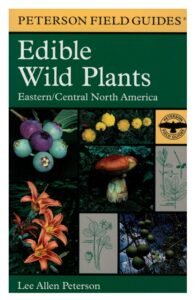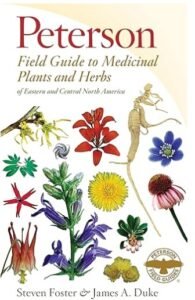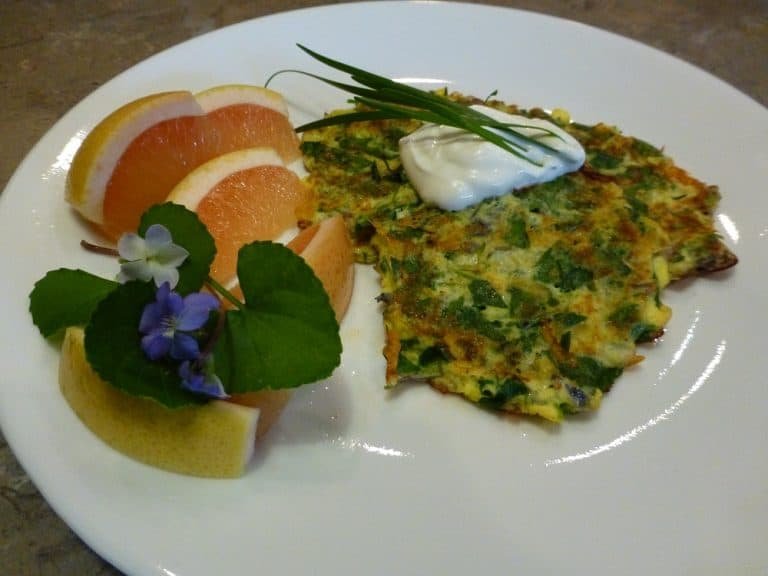
Allium canadense var. canadense
(Meadow Garlic)
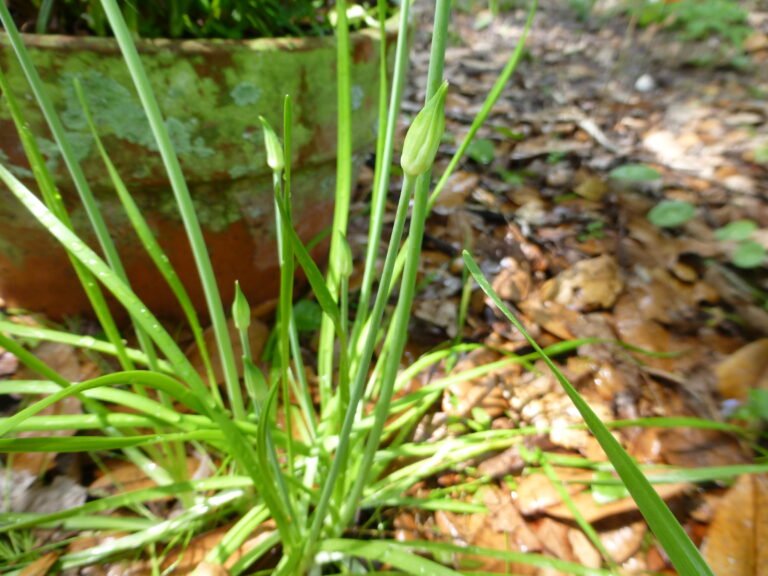
Common Names, Latin Name, and Family
Common names include meadow garlic, wild garlic, wild onion, and Canadian garlic.
Its Latin name is Allium canadense var. canadense.
It is in the Alliaceae, or onion, family of plants.
Form
It is a slender, perennial, wildflower that grows to about 20 inches in height at maturity.
Many books describe it as an obnoxious weed, but I find it to be a delicious free edible that requires zero maintenance and am glad to have them growing in my green space.
Leaves
Meadow garlic (Allium canadense var. canadense) leaves are linear, smooth, flat and not hollow.

Flowers
White flowers appear in the spring. The flowers grow alongside small bulbs called bulblets. This is one of the distinguishing features of this species.
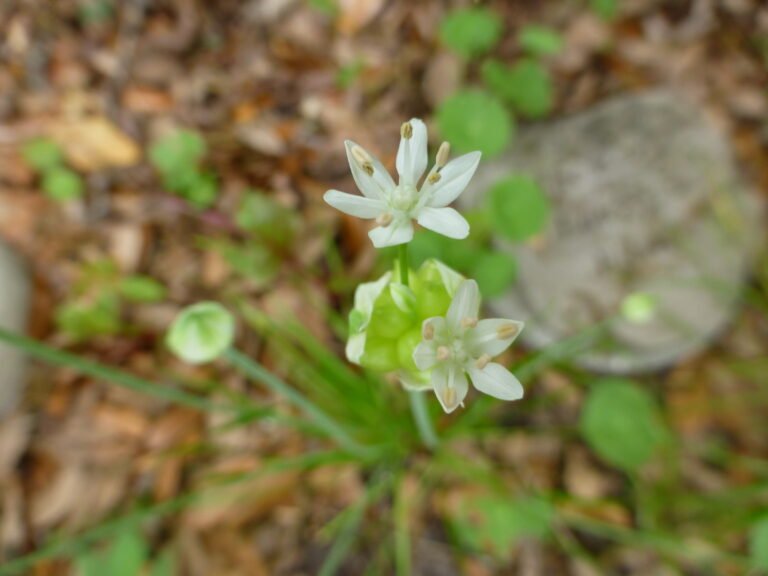
Fruit / Seeds
Meadow garlic produces seeds as well as miniature bulbs (bulblets) in the flower heads. The flowers are asexual which means the plant can be propagated vegetatively using the mini bulbs in the flower heads.
Habitat
It occurs naturally in disturbed sites, pastures, moist meadows, and roadsides.
Native Range
Meadow garlic is found naturally occurring in Florida from the panhandle south to Hillsborough County.
It is found in the following states: AL, AR, CT, DC, DE, FL, GA, IA, IL, IN, KS, KY, LA, MA, MD, ME, MI, MN, MO, MS, NC, ND, NE, NH, NJ, NY, OH, OK, PA, RI, SC, SD, TN, TX, VA, VT, WI, and WV.
Other garlic plants that you may discover in the Florida wild are:
(Allium canadense var. mobilense) is native and also called meadow garlic but is only found in the panhandle south to Alachua County.
Striped garlic (Allium cuthbertii) is native but only found in Duval, Flagler, Nassau, and St. Johns Counties. Its flower heads have no bulblets.
Culinary garlic also called white garlic (Allium neapolitanum) is not native and has only been documented in the wild, in Florida, in Franklin County.
One plant in this family to be aware of AND NOT use as an edible is False Garlic aka Crow Poison (Nothoscordum bivalve previously known as Allium bivalve). It is native and is found in the panhandle south to Hillsborough County and Lee County. False garlic does not have a garlic or onion odor, does not have bulblets, and has wider petals and yellow centers to the flowers. Be careful when foraging!
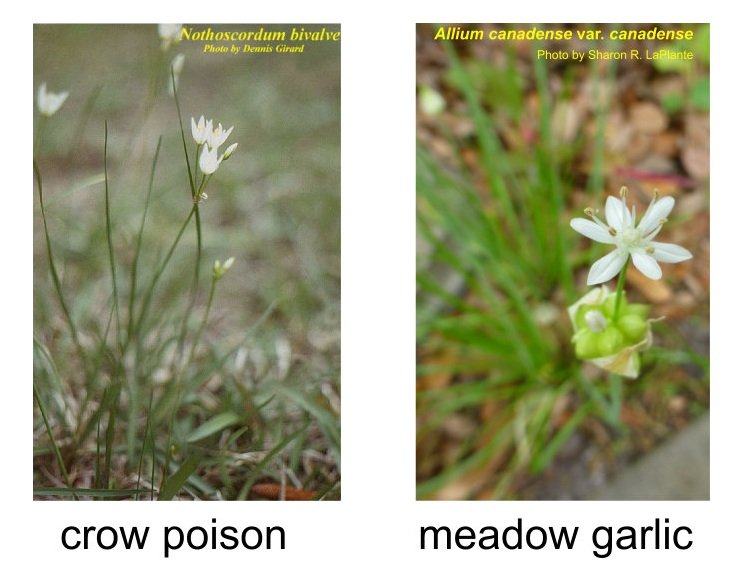
Field Guide Recommendations
Do yourself a favor and purchase these two books if you use wild plants for food or medicine.
They could keep you from making mistakes in foraging.

Wildlife Use
Many insects use the flowers for collecting pollen and nectar.
Some mammals, that like the taste of garlic, will eat the bulblets, flowers, foliage, and seed pods.
Human Use
PLEASE BE CAUTIOUS WHEN CONSUMING WILD EDIBLES! Be 100% sure of the plant you are collecting and eating.
Meadow garlic makes a tasty garlic butter that is a lovely green color. Blend butter with a handful of leaves in a blender until smooth and use as you would regular garlic butter. It’s beautiful for making garlic bread.
I like to use meadow garlic in salsa, or Pico de gallo, as a garlic substitute. Some plants have a stronger garlic flavor than others so it’s best to taste it before adding it to a recipe because if the flavor is too intense you may not need to add much.
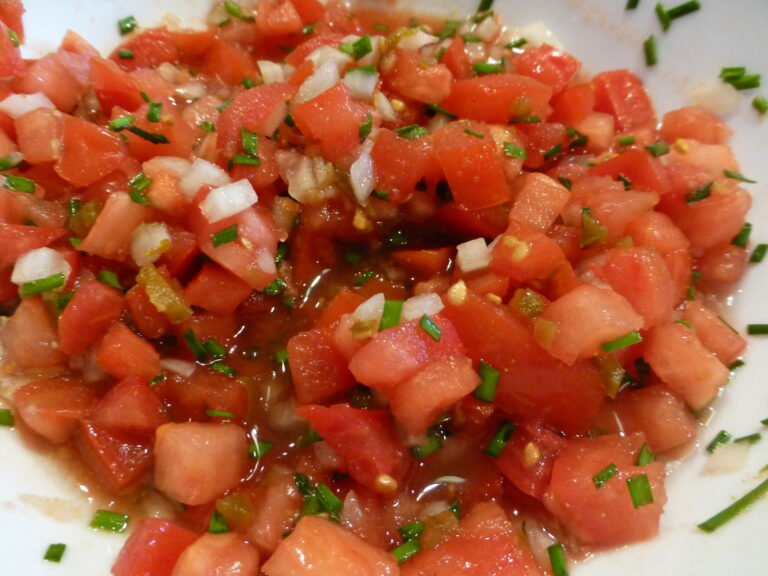
Propagation
Meadow garlic flowers are asexual which means the plant can be propagated vegetatively using the mini bulbs in the flower heads, or by seeds.
It can be grown from the bulblets, the seeds, transplanted or dividing mature clumps.
It takes about two years for the bulblets to mature and start flowering. The best time to plant them is in the fall so they can overwinter and focus their energy on growing healthy roots, but I have just planted them as they became available on the plant whatever time of year it was. You can plant them right off of the plant or let them dry for later planting. Store them in a cool dry place with adequate ventilation. Check periodically for mold or moisture.
When transplanting remember to remove flowers and bulblets so the plant can recover from the move more quickly. Keep watered until new growth starts. Keep an eye on the roadsides for thin, bright green leaves. Check the leaves for a garlic smell. I’ve gotten my last two populations of them from roadsides near pastures.
Give this gluten free, wild edible, recipe a try.
Click the pic below to take you to the recipe.
